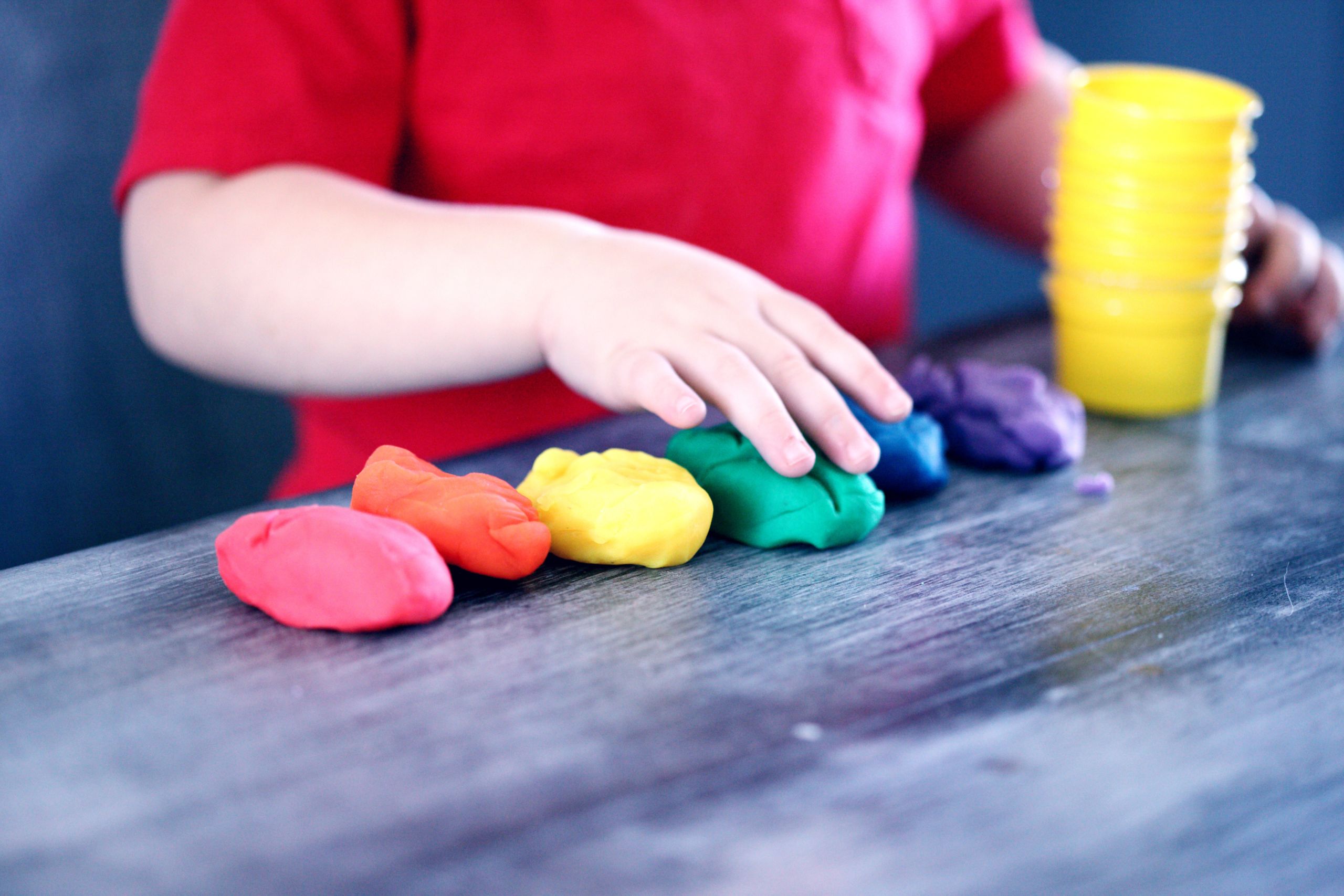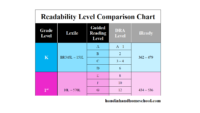When we talk about Working Memory, we refer to the brain’s “whiteboard” – that part of the brain where all kinds of tiny bits of information go for short-term storage. It is in the Working Memory area where the brain quickly decides: Is this information important and in need of more processing or can I ignore it?
People use Working Memory when they’re trying to remember a telephone number or when they’re in the bathroom and remember they have to put the laundry in the dryer (but then forget by the time they walk into another room).
Problems You May See With Low Working Memory
- Difficulty remembering multi-step commands / instructions
- Can’t do long division
- Sequencing events
- Staying focused
- Going off topic
- Can’t remember short pieces of information that were just given
- Loses track of belongings
Poor Working Memory can be especially difficult to deal with because it can feel like the child is never paying attention. It’s not that the child is being disrespectful. Their brain is just not wired to stay focused for long periods of time.
The good news is that there are supports you can put in place to help the child stay on task so they can meet their academic potiention.
Ways You Can Help Your Child with Low Working Memory
- Break tasks into smaller chunks
- Use multi-sensory approaches to reinforce ideas and knowledge
- Provide written directions and checklists
- Have child repeat back instructions
- Develop standard, daily routines to reinforce procedural concepts
- Prompt the child with clues to help them recognize the next step
- Create visual reminders to help the child self-check their progress
Last modified on April 14, 2020




